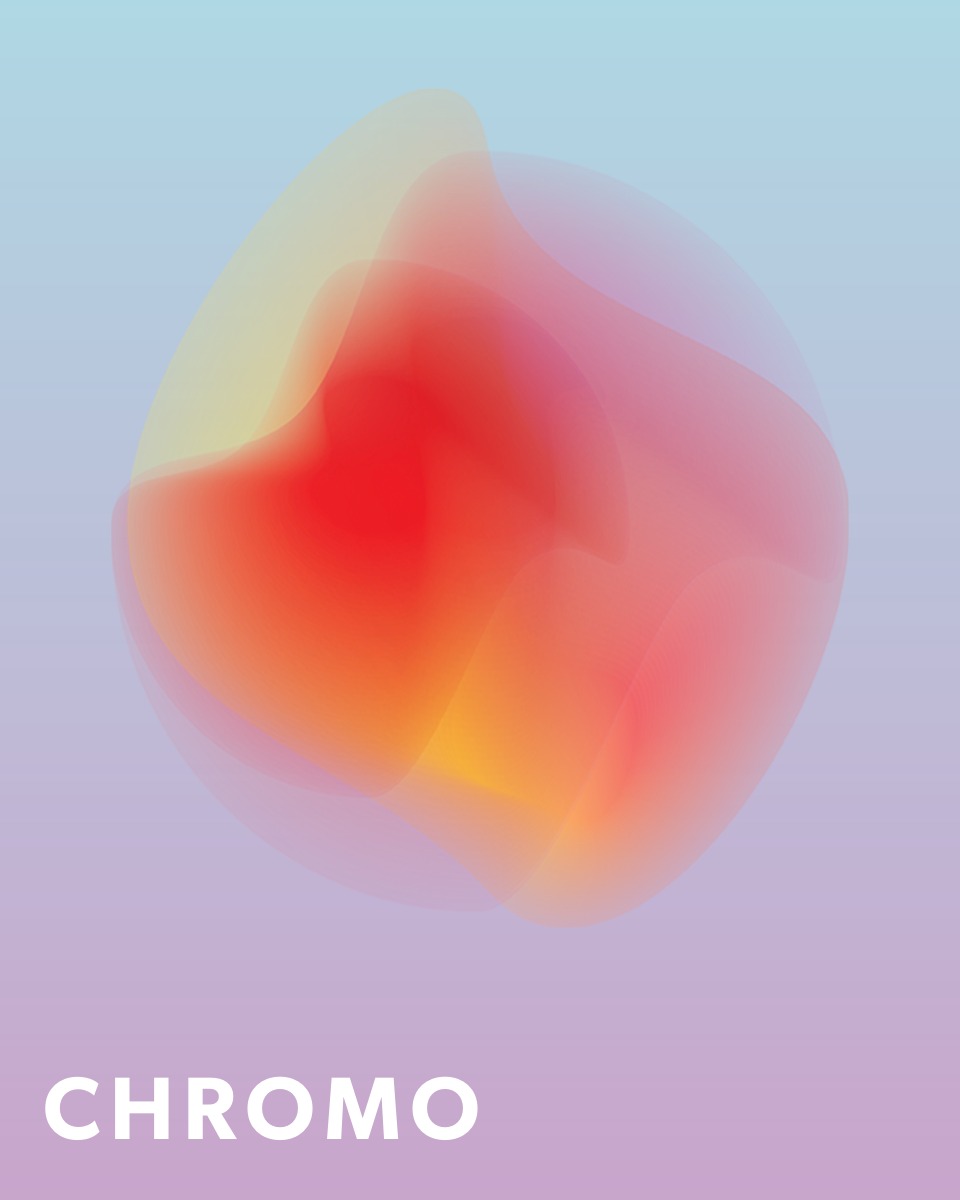Relation Composition
The composition of two relations creates a new relation by 'connecting' the first with the second. If in the first relation an element connects to an intermediate element, and in the second relation that intermediate connects to a third, then in the composition the first element connects to the third.
Formal Definition
In other words: first apply the S relation, then the R relation. If S connects a to b, and R connects b to c, then the composition (R ∘ S) connects a to c.
Example of Composition
Suppose we have two relations:
- S = "sibling of" relation among people.
- R = "child of" relation among people.
The R ∘ S composition gives who is my sibling's child – that is, my nephew/niece.
Properties
- Composition is not commutative: generally R ∘ S ≠ S ∘ R.
- Composition is associative: (R ∘ S) ∘ T = R ∘ (S ∘ T).
- Even if R and S are transitive, their composition is not necessarily transitive.
Further Example
Let S = { (1,2), (2,3) } and R = { (2,4), (3,5) }. Then the composition R ∘ S = { (1,4), (2,5) }, because 1 connects to 2 in S, 2 connects to 4 in R, so 1 connects to 4 in the composition; similarly, 2 connects to 3, and 3 connects to 5, so (2,5) is also in it.
Summary
Relation composition allows us to apply two different connections in sequence and thus create a new connection. This is a useful tool in mathematics and computer science, for example, in graph analysis, databases, and function examination.
Practice Exercise
We have reviewed and checked the materials, but errors may still occur. The content is provided for educational purposes only, so use it at your own responsibility and verify with other sources if needed.
✨ Ask Lara — your AI study partner
Unlock personalized learning support. Lara can explain lessons, summarize topics, and answer your study questions — available from the Go plan and above.
Lara helps you learn faster — exclusive to ReadyTools Go, Plus, and Max members.


